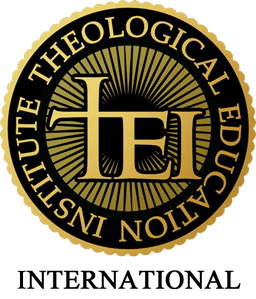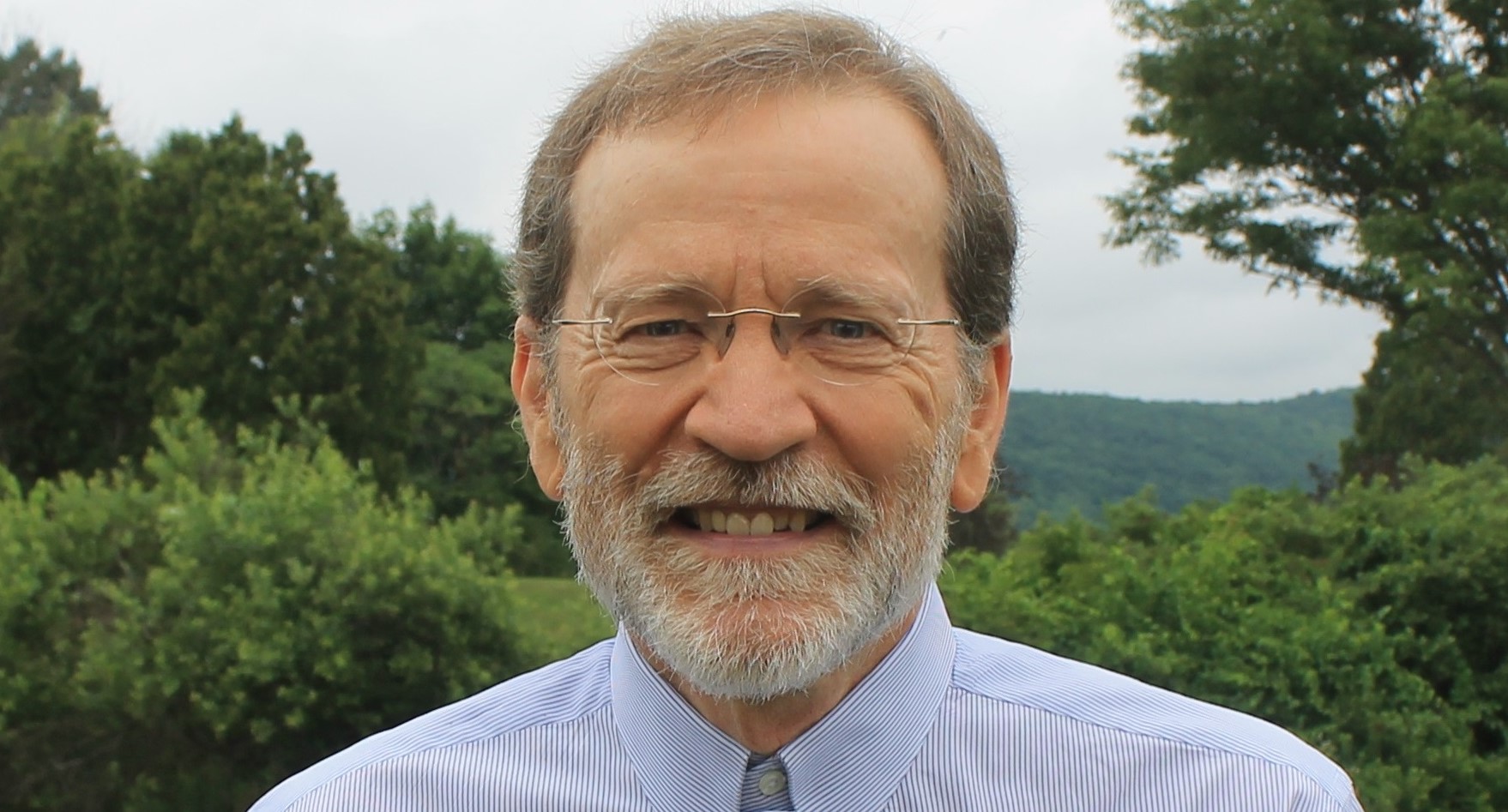Contrabortion, Vol. 4, No. 1, January/February, 1987
A Public Policy Referendum
John C. Rankin
In the three years since the founding of the New England Christian Action Council, our primary thrust has been educational. In that time I have taught 52 half-day seminars to some 1800 registrants, have spoken at 150-200 churches, and have addressed Christians on the biblical sanctity of human life ethic on many other occasions. There have been two dozen opportunities for speaking and debating on college campuses, a variety of radio and television interviews, and many direct encounters with leading “pro-choice” advocates. In all, I have address over 25,000 people face to face. Or mailing list is over 3,300 families.
In terms of public events, we have sponsored over 20 stroll-a-thons directly, and many others indirectly. Various Crisis Pregnancy Centers have been initiated in response to the seminars, and there have been opportunities to address legislative committees and individual legislators, as well as many other areas of involvement. The consistent strategy from the beginning has been to build a strong Christian consensus for protecting the unborn. On such a foundation we can hope to effectively shape public policy and win the full legal protection of that the unborn deserve.
This brings us to the present. I suppose I can take some satisfaction in the educational and motivational success we have enjoyed, having started from scratch in December, 1983. But it is for a specific goal. As I have studies the political process, and as I have sought to bring the Gospel into it, the time is now ripe for us to channel this educational capital into a well defined political strategy. This issue of Contrabortion is devoted to outlining such a strategy, so I pray you give it full and prayerful attention. I have already shared it personally with key Christian pro-life leaders and advocates across New England, and their response has been unanimous and enthusiastic, and I have received many pledges for involvement.
What we wish to do is to initiate “public policy referenda” in all six New England states (and beyond if possible) for the 1988 election. Each state may have a slightly different name for such a referendum, and different procedures for getting it on the ballot. But the goal and essence remains the same. It will be legally non-binding, and phrased as a multiple-choice question:
In biological terms, when does an individual human life begin?
- Conception.
- Viability.
- Birth.
- Other (specify _____________).
This question is designed to be simple and profound at the same time, to strike resoundingly at the core of the abortion controversy. Where as many pro-life initiatives deal with secondary (and important) issues, this one is aimed at the primary concern: a definition of human life and personhood.
Legal Questions
Such a referendum directly addresses the 1973 Roe v. Wade U.S. Supreme Court decision which made abortion legal. In the decision, Justice Harry Blackmun [writing for the 7-2 majority] said: “We need not resolve the difficult question of when life begins. When those trained in the respective disciplines of medicine, philosophy and theology are unable to arrive at any consensus, the judiciary, at this point in the development of man’s knowledge, is not in a position to speculate as to the answer.”
In this statement, Blackmun based his conclusion on a “non-consensus,” and used such to say that life does not begin at conception. It was a purely negative and tendentious argument, begging a bias from the outset. He also passed the buck on the one hand, while usurping constitutional authority on the other. He pleaded false humility in stating that the judiciary did not possess the knowledge to determine when human life begins, but then rewrote constitutional history in his own image by handing down a ruling that created an abortion right out of nothing — an act of hubris and fiat.
Yet Blackmun did admit (he could not do otherwise in attempting to create the image of some intellectual respectability) that “man’s knowledge” develops, thus implicitly opening the door for a consensus to arise [ ] that would instruct the judiciary to re-examine its position. This is exactly what the U.S. Senate committee hearings in April 1981 were convened to do — to examine the question of when human life begins. The biological testimonies were clear enough, but power politics snuffed their flame out. Roe v. Wade clearly assumes that such public discussion of this central question is legitimate (even necessary). It is now time to ring it to the grass roots.
So our referendum is already provided for by the very language that originally legalized abortion. A negative reasoning such as Roe v. Wade has fissures it it from the beginning. The 7-2 majority of the 1973 U.S. Supreme Court may have claimed no responsibility to resolve the question, but in so doing have thrown the ball into our court. We have the First Amendment right to “petition the government for a redress of grievances.” Our grievance is that no attempt has been made to honestly determine the consensus or lack thereof on this question through an [ ] informed democratic process in society. Those pro-life initiatives which have addressed the question have posed it in a yes/no framework: “Does human life begin at conception?” or even in the statement form: “Human life begins at conception.” This allows the pro-legalized abortion people to be purely negative. It does not require them to be positive (which is the one thing they are not in this regard).
Also, when this question is posed as a legally binding statute, it become subject to constitutional debate and legal action. We do not need to give the pro-legalized abortion people any excuse to sidetrack the process. Thus, by making it legally non-binding, we are truly educating our lawmakers, laying a sure foundation for future legal redress. In Massachusetts, former Attorney General Paul A. Dever wrote that such a legally non-binding public policy question ” … was to afford an opportunity to the voters to apprise their senators and representatives of their sentiments upon important public questions.” Thus, at the state level, we have an excellent avenue through which to redress our grievances and so demonstrate the level of consensus that does exist on this subject.
The only legal obstacle I can foresee is the matter of posing a public policy question in the multiple choice form. I have asked around, and have yet to discover a precedent for multiple choice referenda in Massachusetts [ed. note: there later proved to be one], but there is precedence in Maine. Let’s look at Massachusetts. In its guidelines for public policy questions, it says: “The Secretary (of State) and the Attorney General draft the final form in which the question will appear on the ballot.” If there is any attempt (which I rather expect) on the part of the “pro-choice” partisans to oppose our referendum on such grounds, it will nonetheless be to our advantage. First of all, they will be opposing informed “choice,” and will thus expose their false definition of choice, and grow sillier in the process. Second, if there is any question as to the legality of multiple-choice referendum, we can take it to the state legislature and explicitly write a law for its provision. And every step of the way, we will always accomplish two things: 1) discussion of when an individual human life begins — the very question that pro-legalized abortion people do their level best to avoid; and 2) we will be champions of informed democratic choice. It’s fun — we win no matter what our opponents do. Finally, the question is so simple and straightforward that they cannot argue we are “forcing” the public to consider something beyond their abilities.
What Will the Referendum Accomplish?
Various sources and experiences in abortion politics persuade me to expect that (conservatively and in conjunction with fair educational advertising) at least 50% of voters in a given state will vote “conception” [a survey we did of 1,012 people, done after this issue of Contrabortion, with a majority being politically “pro-choice,” indicated over 80%]. Certainly every pro-life advocate will do so. In fact, this is one point where all pro-lifers, Christian or otherwise, fully agree. Now, how many will vote for “viability”? Perhaps a few ideologically committed “pro-choicers.” How many will vote for “birth”? Perhaps a few of the same plus some other influenced by the reductionistic “birthday” definition. How many will vote “other” (with the stipulation they must specify). Perhaps a very few of the ideologically committed “pro-choicers” who want to argue for implantation of some other arbitrary point.
The reality is this: there is no consensus among pro-legalized abortion people as to when an individual human life begins. I have debated the best of them, and I have sat in on their own seminars and gatherings. All they do for the most part is negate and disagree among themselves. They have nothing positive to say of abortion beyond a “lesser of two evils” argument. They are a house divided. I believe that many of the so-called “pro-choice” people will simply not vote on this referendum. And in so doing, they will be saying, “I don’t know,” “I am unsure,” or “I don’t care,” just as those who do not vote for one of a list of candidates for public office. Our multiple choice referendum requires them to make a positive affirmation, and does not allow them the dishonesty of just saying no, unless they are willing to say yes to something which is other than what they oppose. And in the case of multiple positive choice, their ranks are already split so as to neutralize such a negative strategy if they tried it.
With all this is view, my guess is that least 25% of voters would not vote on this referendum [but see above bracketed ex post facto note], affording us at least a 2-1 majority in actual tabulation. And honestly, I believe we can do much better than that. What this would do is to demonstrate there is great positive consensus that conception is the biological origin of human life, and that those who politically oppose our consensus have no agreement among themselves. It will demonstrate the dishonestly of Roe v. Wade‘s fiat of pretended ignorance. If such ignorance governs a nation, it will eventually yield disorder, and anarchy is left unchecked.
In the solid hope that such a projection is realistic, this will enable us, in the eyes of the public, to close the false gap between “human life” and “personhood.” The major strategy of pro-legalized abortion people to deny the legal and moral personhood of the unborn is to deny their material, biological humanity. In various forums and debates where I have successfully won this point with “pro-choicers,” they have a much harder time saying that the unborn are not legal persons. In fact, we have converted numerous college students at this juncture. Only a few ideologically committed abortion people have the philosophical and emotional stamina to separate biological humanity and personhood. And in the process, they stumble over their own inward dishonesty. Our Christian world-view honors honest scientific inquiry and conclusions, where “pro-choicers” do not honor science — instead they make a false god out of it to their own destruction.
Therefore, in the process of organizing and winning such multiple choice referenda, we can take the lead and unite pro-lifers, and build a successful political network that can then move on to work for a federal constitutional convention for the purpose of a Human Life Amendment, which once and for all will establish legal protection for the unborn. Such a multiple choice referendum is impossible for “pro-choicers” to oppose with integrity. Imagine how they could run their opposition campaign: “Vote Viability!” or “Vote Birth!” or “Vote Other!” (please specify …) or “Don’t Vote!” Whatever opposing track they could choose, it would be divided at the outset. Thus our hardest work will be beforehand, just getting the referendum on the ballot. For we will be contending with political power structures that will clearly recognize the strength of our strategy, and they will do their best to derail our efforts. I am aware of that, thus we are preparing a foundation that will meet and overcome such obstacles.
For example, in Massachusetts, the way to get such a public policy question on the ballot is through petitions published and signed between April and August of 1988. Now the Secretary of State is on record as pro-life, whereas the Attorney General is pro-legalized abortion …
###


